Are you considering shipping from Shenzhen, China to the USA but unsure about the process?
The bustling city of Shenzhen serves as a pivotal shipping hub, making it crucial for importers to understand the intricacies involved. In this comprehensive guide, we will explore the various shipping methods, key considerations for costs and customs clearance, and how to choose the right freight forwarder. Join us as we navigate through the essential steps for a seamless shipping experience from Shenzhen to the USA!
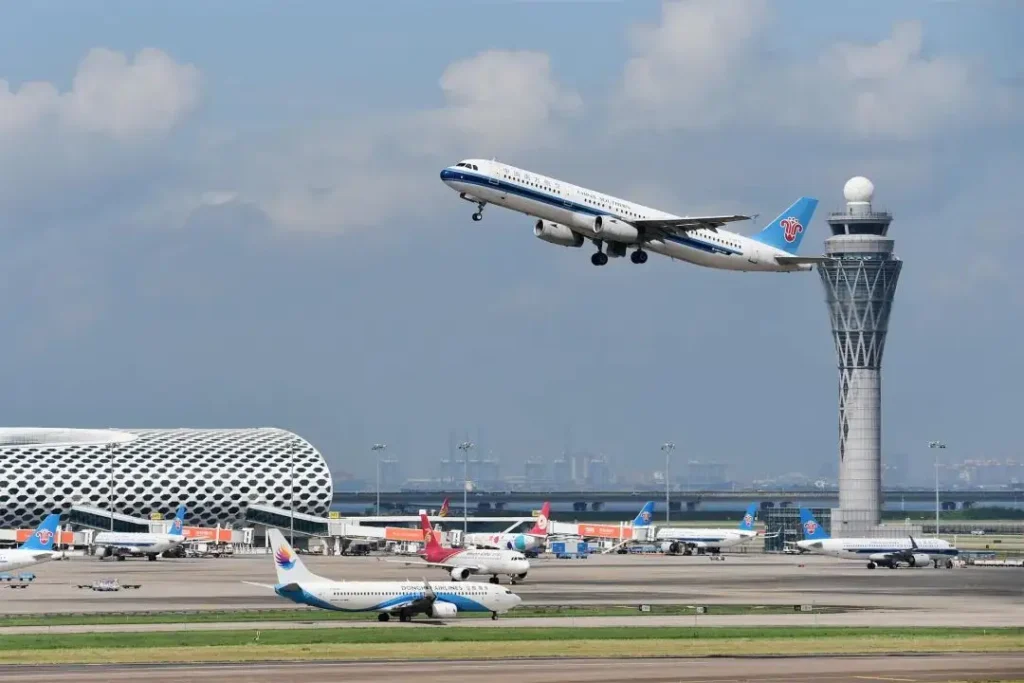
Understanding the Shipping Process from Shenzhen to the USA
Shenzhen, located in southeastern China, is recognized as one of the world’s most significant shipping hubs. Its strategic position adjacent to Hong Kong, along with its well-developed infrastructure, makes it a prime location for import and export activities. Shenzhen boasts several state-of-the-art ports, such as the Yantian Port and Shekou Port, which collectively handle a substantial portion of China’s cargo traffic. As of 2024, Shenzhen ranks among the top ports globally in terms of container throughput, processing over 25 million TEUs (Twenty-foot Equivalent Units) annually (Source: Port Technology, 2024).
The city’s advantages include:
- Proximity to Major Markets: Proximity to significant markets in Asia, North America, and Europe.
- Advanced Logistics Network: An extensive logistics network that facilitates quick movement of goods.
- Diverse Industry Base: A thriving ecosystem of manufacturers producing a wide range of products, from electronics to textiles.
Importance of Efficient Shipping for Importers
For importers, efficient shipping is paramount. Given the competitive nature of global trade, timely and cost-effective delivery can significantly impact business operations and customer satisfaction. Here are a few key aspects of why efficient shipping is essential:
- Cost Savings: Streamlined shipping processes help reduce overall costs, including transportation, storage, and customs clearance fees. You can learn more about how much is ocean freight from China to better understand shipping costs.
- Market Responsiveness: Fast shipping allows businesses to respond quickly to market demands and changes, ensuring they maintain a competitive edge.
- Customer Satisfaction: Timely deliveries directly affect customer satisfaction and can influence repeat business and brand loyalty. Importers that can guarantee prompt delivery are more likely to retain customers.
- Risk Management: Efficient shipping minimizes the risks associated with delays, lost shipments, and rising tariffs, protecting the overall supply chain integrity.
Types of Shipping Methods Available
Air Freight: Fast and Reliable Shipping
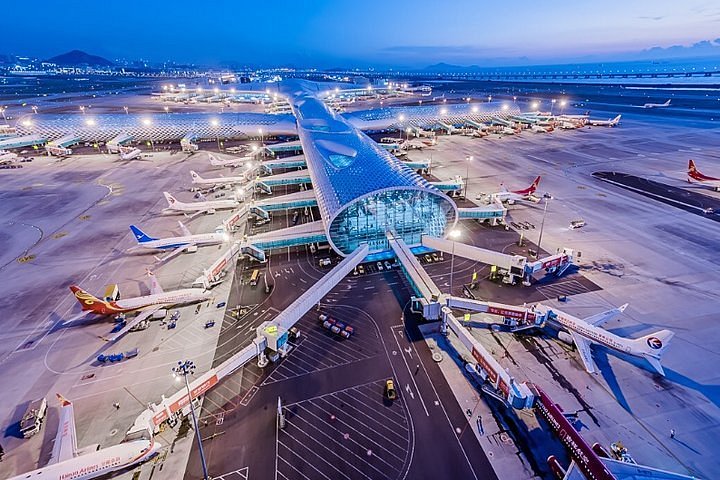
Air Freight is one of the fastest shipping methods available, making it ideal for time-sensitive shipments. Importers often choose air freight for high-value or perishable goods, where speed is critical. Major airports in Shenzhen, such as Shenzhen Bao’an International Airport, facilitate extensive air cargo operations, connecting to numerous destinations worldwide. For specific routes, you might explore air freight from China to USA for time-sensitive shipments.
Key advantages of air freight include:
- Speed: Shipments can reach the USA within 1 to 3 days, depending on the specific route and service chosen.
- Reliability: Air freight services typically offer consistent schedules and reduced risk of delays.
- Security: Enhanced security measures in air cargo transport reduce the risk of theft and damage.
Ocean Freight: Cost-Effective Solutions
Ocean Freight is the most commonly used method for shipping large volumes of goods from Shenzhen to the USA due to its cost-effectiveness. Despite longer transit times, ocean freight remains an attractive option for importers looking to optimize logistics costs. For insights on costs, check out shipping rates from China to USA.
Advantages of ocean freight include:
- Cost Efficiency: Generally, ocean freight rates are lower than air freight, especially for bulk shipments. As of 2023, ocean freight rates from Shenzhen to major US ports average around $1,800 to $3,500 per container, depending on the size and shipping conditions (Source: Freightos).
- Capacity: Ocean freight can accommodate large shipments, making it suitable for bulky items or high-volume trade. If you have specific needs, consider container shipping costs from China to USA.
- Environmental Impact: Shipping by sea has a lower carbon footprint compared to air transport, aligning with sustainability goals.
Express Shipping: Quick Deliveries for Urgent Needs
For businesses that require immediate delivery, Express Shipping services provide an excellent solution. Companies like Dantful International Logistics offer express services to ensure that critical shipments arrive within 24 to 48 hours.
- Speed: The fastest delivery option available, perfectly suited for urgent shipments.
- Tracking Capabilities: Real-time tracking ensures that importers can monitor their shipments throughout the transport process.
- Comprehensive Service: Express shipping often includes customs clearance and door-to-door delivery, simplifying the shipping experience for importers.
In summary, understanding the shipping landscape from Shenzhen to the USA is crucial for importers. By selecting the appropriate shipping method, businesses can optimize their logistics, reduce costs, and ensure timely deliveries, thus enhancing their overall operational efficiency.
READ MORE:
- Shipping From China to the USA
- Shipping From China TO Canada
- Shipping From China TO Mexico
- Shipping From China to Panama
- Shipping From China to Costa Rica
- Shipping From China to Brazil
- Shipping From China TO Colombia
- Shipping From China to Jamaica
- Shipping From China to Venezuela
- Shipping From China to Argentina
Key Considerations for Shipping from Shenzhen to the USA
Shipping Costs: Factors that Influence Pricing
When shipping from Shenzhen, China to the USA, understanding the various factors that influence shipping costs is crucial for importers. Key elements that impact pricing include:
- Weight and Volume: Heavier and bulkier shipments typically incur higher costs. Most carriers use dimensional weight pricing, which factors in both weight and volume.
- Shipping Method: The choice between Air Freight, Ocean Freight, and Express Shipping significantly affects the cost. Generally, Air Freight is more expensive than Ocean Freight, but it offers faster delivery times.
- Distance and Route: Shipping routes can vary in cost. Direct shipping may be more expensive but faster, while indirect routes may save money but take longer.
- Seasonal Demand: Shipping costs can fluctuate based on demand, particularly during peak seasons like holidays or global events, such as the Chinese New Year, when shipping volumes increase significantly.
- Additional Fees: Charges like customs duties, handling fees, and insurance add to the total shipping cost. Importers should budget for these potential expenses to avoid surprises.
Customs Clearance: Navigating Regulations and Duties
Customs clearance is a crucial step in the shipping process that requires careful attention to avoid delays and extra costs. Importers should be aware of the following:
- Documentation: Proper documentation is essential for smooth customs clearance. Required documents often include a bill of lading, commercial invoice, packing list, and any necessary certificates or permits.
- Duties and Taxes: Import duties and sales taxes vary based on the type of goods being imported. Importers should research the specific tariffs applicable to their products to accurately estimate costs.
- Compliance with Regulations: Adhering to both U.S. Customs and Border Protection (CBP) regulations and relevant Chinese export laws is critical. Misdeclared goods, incorrect tariff classification, or lacking paperwork can lead to fines and shipment delays.
- Working with a Freight Forwarder: Engaging a knowledgeable freight forwarder, like Dantful International Logistics, can streamline the customs process. They can provide guidance on documentation, duties, and ensure compliance with all regulations, making the process smoother for importers.
Packaging Requirements for International Shipping
Proper packaging is vital for protecting goods during transit and ensuring compliance with shipping regulations. Key considerations include:
- Durability and Protection: Packaging materials should withstand handling, transportation, and environmental factors. Use sturdy boxes, bubble wrap, and pallets as necessary, especially for fragile items.
- Labeling: Clear and accurate labeling is crucial. Each package should display necessary information, including the destination address, handling instructions, and any required shipping labels (e.g., hazardous materials labels).
- Size and Weight Considerations: Packages should be appropriately sized to minimize dimensional weight charges. Overpacking can lead to unnecessary costs, while underpacking can result in damage.
- Regulatory Compliance: Certain products may have specific packaging requirements, such as food items needing FDA compliance or chemicals meeting DOT regulations. Researching these requirements beforehand can prevent delays or refusals at customs.
Shipping Times from Shenzhen to USA
Comparative Analysis of Shipping Times
When considering shipping from Shenzhen, China to the USA, it is essential to understand the comparative shipping times associated with different methods:
| Shipping Method | Average Transit Time | Ideal for |
|---|---|---|
| Air Freight | 3-7 days | Urgent shipments, perishable goods |
| Express Shipping | 1-3 days | Extremely urgent deliveries |
| Ocean Freight | 15-30 days | Cost-sensitive, non-urgent shipments |
Factors influencing shipping duration include:
- Weather Conditions: Weather-related disruptions can delay shipments, particularly with air and sea freight.
- Port Congestion: Busy ports can experience delays, impacting ocean freight transit times.
- Customs Processing: The time taken for customs clearance can vary based on documentation completeness and customs workload.
Estimated Transit Times by Destination
When shipping to the USA, average delivery times can vary significantly by port:
| Key US Ports | Average Delivery Time |
|---|---|
| Los Angeles | 15-20 days |
| New York | 20-25 days |
| Chicago | 20-25 days |
| Miami | 18-25 days |
Seasonal Variations in Shipping Times
Shipping times can fluctuate seasonally. During peak shipping seasons, such as the holidays or Chinese New Year, expect longer transit times due to increased volumes and congestion. Importers should account for these variations in their shipping schedules to ensure timely deliveries. By planning ahead and choosing reliable freight services like those offered by Dantful International Logistics, importers can minimize delays and ensure a smoother shipping experience.
Shipping Costs from Shenzhen to the USA
Factors Influencing Shipping Costs
When it comes to shipping from Shenzhen, China to the USA, several factors can impact the overall shipping costs. Understanding these elements is vital for importers to manage their budgets effectively.
- Weight and Volume of Shipment:
The weight and dimensions of your cargo are crucial in determining shipping costs. Most freight carriers charge based on the greater of the actual weight or the dimensional weight (volumetric weight). For instance, a shipment that weighs 100 kg could cost significantly less than a larger shipment with lower weight if the latter occupies more space. - Distance and Route Selection:
The distance between Shenzhen and your final destination in the USA will directly affect shipping costs. Furthermore, the selected route, whether direct or requiring transshipment, will also influence pricing. Generally, the more efficient the route, the higher the cost, but this can save valuable time. - Seasonal Demand and Peak Times:
Shipping costs can fluctuate based on seasonal demand. For example, during peak shipping seasons (like the Chinese New Year or the holiday shopping season), prices may increase due to higher demand for cargo space. Importers should be aware of these fluctuations and plan accordingly to avoid unexpected costs.
Comparing Costs of Different Shipping Methods
When shipping from Shenzhen to the USA, various freight methods offer different pricing structures. Below is a comparative analysis of the costs associated with these shipping methods:
| Shipping Method | Average Cost Per KG | Estimated Transit Time | Best For |
|---|---|---|---|
| Air Freight | $5 – $10 | 3 – 7 days | Urgent shipments and high-value goods |
| Ocean Freight | $0.5 – $3 | 15 – 30 days | Bulk shipments and cost-sensitive goods |
| Express Shipping | $10 – $20 | 1 – 3 days | Time-sensitive deliveries |
As observed in the table, air freight is the fastest but also the most expensive option, while ocean freight provides a more economical solution for larger shipments. Express shipping serves urgent needs that may require premium costs.
Budgeting for Additional Fees
In addition to the base shipping costs, importers should budget for additional fees that may arise during the shipping process:
- Customs Duties and Taxes:
When your goods arrive in the USA, they will be subject to customs duties and taxes based on their declared value and classification. Understanding the Harmonized System (HS) codes for your products can help estimate these costs accurately. - Insurance and Handling Fees:
It is advisable to insure your shipments to protect against loss or damage during transit. Insurance costs can vary based on the value of the goods. Additionally, handling fees may apply for loading and unloading, especially in freight forwarding services.
How to Choose the Right Freight Forwarder
Selecting the right freight forwarder is crucial for a successful shipping experience. Here are some key considerations to help you make an informed decision:
Evaluating Freight Forwarder Experience and Expertise
A freight forwarder’s experience in dealing with shipping from Shenzhen to the USA can greatly influence the efficiency and reliability of your shipments. Look for a forwarder with a proven track record, strong relationships with carriers, and expertise in customs regulations.
Services Offered by Dantful International Logistics
Dantful International Logistics stands out as a highly professional, cost-effective, and high-quality one-stop international logistics service provider for global traders. We offer a comprehensive range of services, including:
- Ocean Freight
- Air Freight
- Rail Freight
- Amazon FBA
- Warehouse Solutions
- Customs Clearance
- Insurance
- Door-to-Door Services
- OOG Freight (Out of Gauge)
- Consolidated Freight
- Breakbulk Freight
Our diverse service offerings ensure that we can cater to various shipping needs and requirements.
Customer Reviews and Testimonials: Building Trust
When selecting a freight forwarder, consider reviewing customer testimonials and feedback. Positive reviews can provide insight into the forwarder’s reliability, customer service, and overall performance. Dantful International Logistics prides itself on maintaining high customer satisfaction rates, which reflect our commitment to delivering exceptional service.
Tips for a Smooth Shipping Experience
To ensure a seamless shipping process from Shenzhen to the USA, consider these practical tips:
Preparing Documentation for Shipping
Proper documentation is essential for customs clearance and efficient shipping. Ensure that all necessary documents, such as invoices, packing lists, and bills of lading, are accurately prepared and submitted.
Tracking Your Shipment: Stay Informed
Utilize tracking features provided by your freight forwarder to monitor your shipment’s progress. Staying informed allows you to anticipate delivery times and address any potential issues proactively.
Handling Delays and Issues in Transit
Delays can occur due to various factors, such as weather conditions or customs inspections. Have a contingency plan in place and maintain open communication with your freight forwarder to resolve any issues quickly and efficiently.

Young Chiu is a seasoned logistics expert with over 15 years of experience in international freight forwarding and supply chain management. As CEO of Dantful International Logistics, Young is dedicated to providing valuable insights and practical advice to businesses navigating the complexities of global shipping.

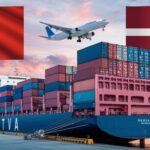
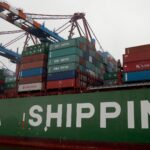
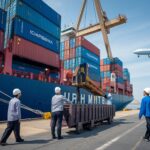
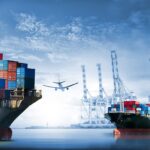


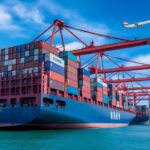
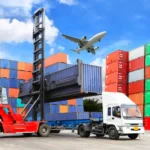
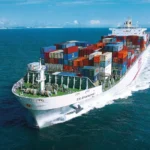


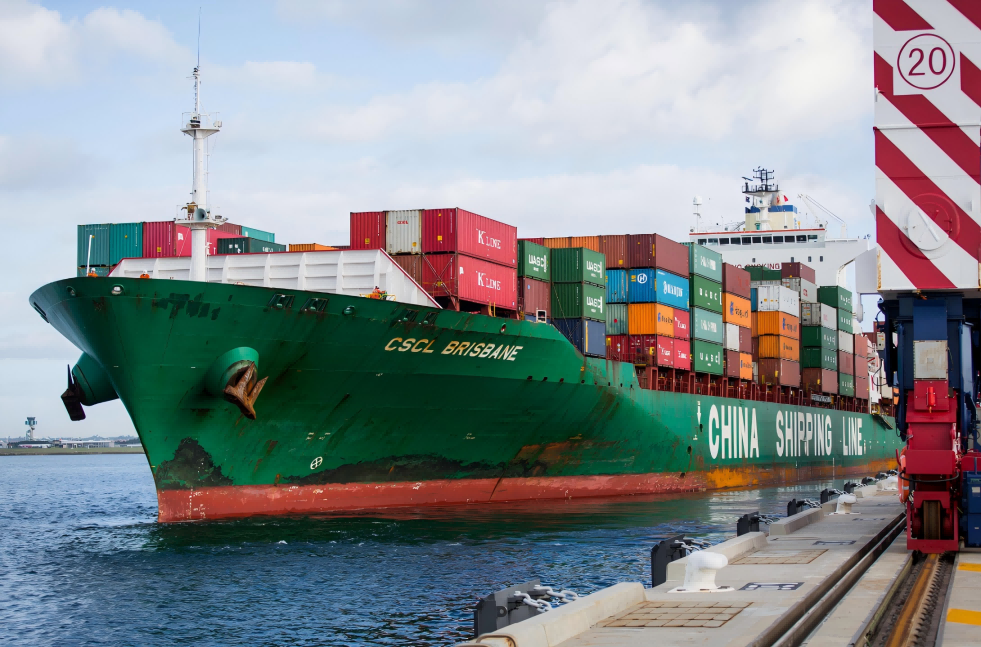
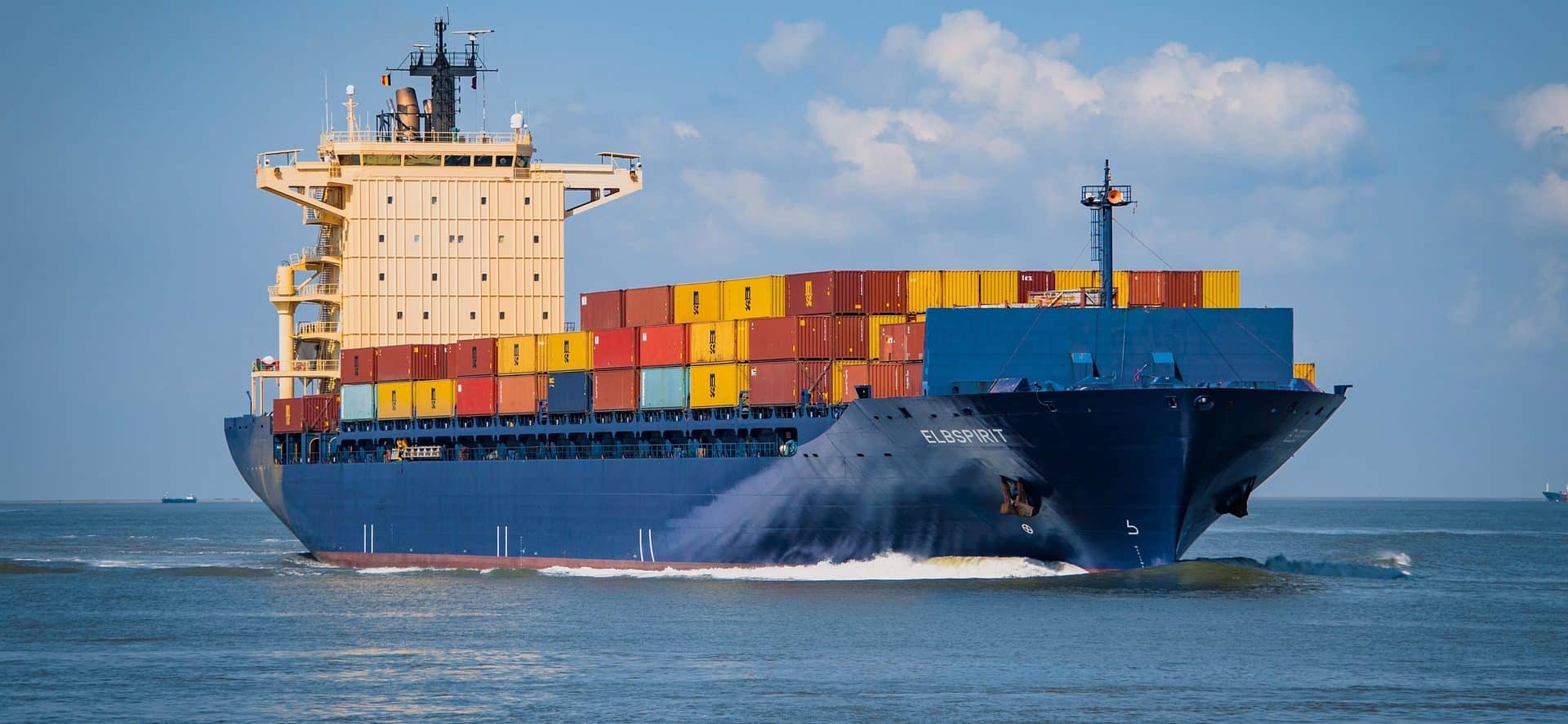

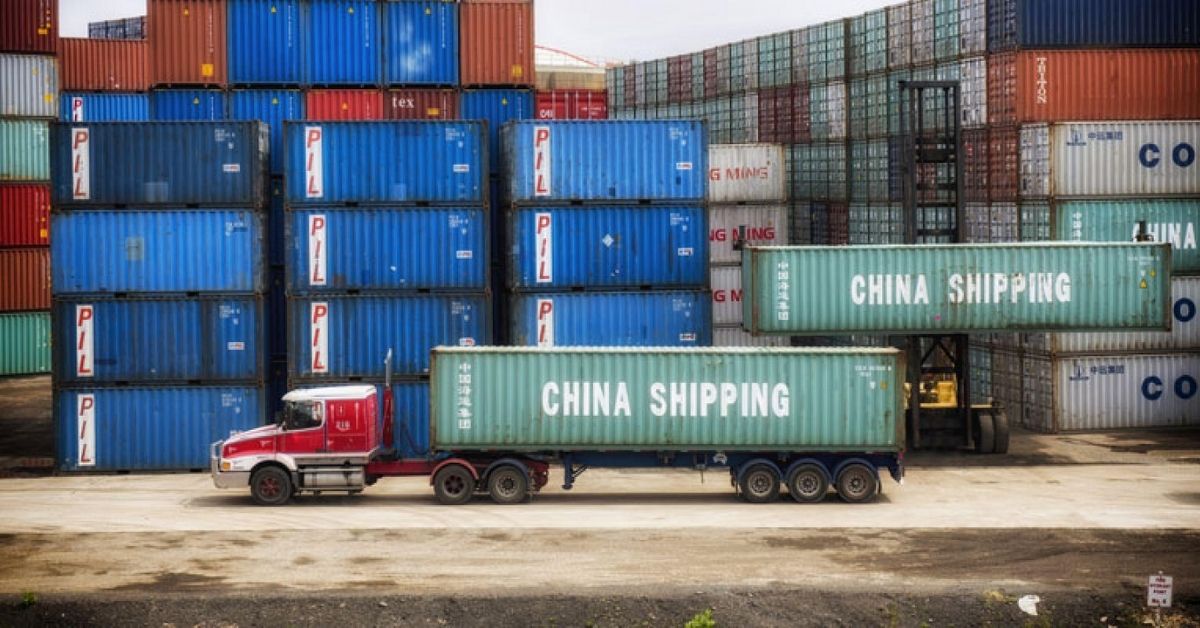





 Afrikaans
Afrikaans Shqip
Shqip አማርኛ
አማርኛ العربية
العربية Հայերեն
Հայերեն Azərbaycan dili
Azərbaycan dili Euskara
Euskara Беларуская мова
Беларуская мова বাংলা
বাংলা Bosanski
Bosanski Български
Български Català
Català Cebuano
Cebuano Chichewa
Chichewa 简体中文
简体中文 繁體中文
繁體中文 Corsu
Corsu Hrvatski
Hrvatski Čeština
Čeština Dansk
Dansk Nederlands
Nederlands English
English Esperanto
Esperanto Eesti
Eesti Filipino
Filipino Suomi
Suomi Français
Français Galego
Galego ქართული
ქართული Deutsch
Deutsch Ελληνικά
Ελληνικά Kreyol ayisyen
Kreyol ayisyen Harshen Hausa
Harshen Hausa Ōlelo Hawaiʻi
Ōlelo Hawaiʻi עִבְרִית
עִבְרִית हिन्दी
हिन्दी Hmong
Hmong Magyar
Magyar Íslenska
Íslenska Igbo
Igbo Bahasa Indonesia
Bahasa Indonesia Gaeilge
Gaeilge Italiano
Italiano 日本語
日本語 Basa Jawa
Basa Jawa ಕನ್ನಡ
ಕನ್ನಡ Қазақ тілі
Қазақ тілі ភាសាខ្មែរ
ភាសាខ្មែរ 한국어
한국어 كوردی
كوردی Кыргызча
Кыргызча ພາສາລາວ
ພາສາລາວ Latin
Latin Latviešu valoda
Latviešu valoda Lietuvių kalba
Lietuvių kalba Lëtzebuergesch
Lëtzebuergesch Македонски јазик
Македонски јазик Malagasy
Malagasy Bahasa Melayu
Bahasa Melayu മലയാളം
മലയാളം Maltese
Maltese Te Reo Māori
Te Reo Māori मराठी
मराठी Монгол
Монгол ဗမာစာ
ဗမာစာ नेपाली
नेपाली Norsk bokmål
Norsk bokmål پښتو
پښتو فارسی
فارسی Polski
Polski Português
Português ਪੰਜਾਬੀ
ਪੰਜਾਬੀ Română
Română Русский
Русский Samoan
Samoan Gàidhlig
Gàidhlig Српски језик
Српски језик Sesotho
Sesotho Shona
Shona سنڌي
سنڌي සිංහල
සිංහල Slovenčina
Slovenčina Slovenščina
Slovenščina Afsoomaali
Afsoomaali Español
Español Basa Sunda
Basa Sunda Kiswahili
Kiswahili Svenska
Svenska Тоҷикӣ
Тоҷикӣ தமிழ்
தமிழ் తెలుగు
తెలుగు ไทย
ไทย Türkçe
Türkçe Українська
Українська اردو
اردو O‘zbekcha
O‘zbekcha Tiếng Việt
Tiếng Việt Cymraeg
Cymraeg יידיש
יידיש Yorùbá
Yorùbá Zulu
Zulu